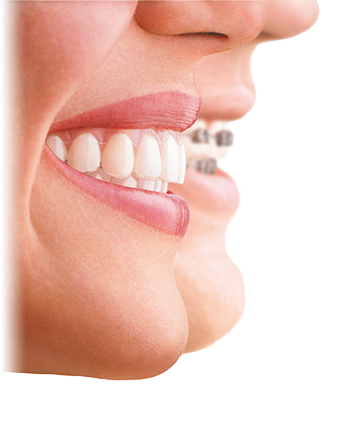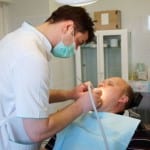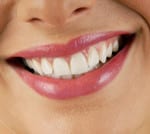 At City Dental we offer many choices for missing teeth treatments. Teeth may be lost due to tooth decay, gum disease or oral trauma. Our aim is to do our best to preserve existing teeth, however dental extractions at times may be necessary.
At City Dental we offer many choices for missing teeth treatments. Teeth may be lost due to tooth decay, gum disease or oral trauma. Our aim is to do our best to preserve existing teeth, however dental extractions at times may be necessary.
Choices in missing teeth treatments
The missing teeth treatments we offer look and feel just like natural teeth. The three main artificial teeth replacements include:
Dental bridges
A dental bridge may be used to replace single or multiple missing teeth. Bridges may of alloys, gold or porcelain link or clasp the artificial teeth to neighbouring existing teeth or crowns. They can be supported by dental implants too, but more on them later!
There are three types of dental bridge: traditional, cantilever and Maryland. The type of bridge recommended depends on how many teeth are being replaced and the method of replacement.
Dentures
Dentures can replace one or more missing teeth on a dental arch, or complete sets of teeth on both dental arches. There are different types of custom-made dentures – partial, complete, acrylic nylon (or plastic), flexible and implant-supported.
Certain dentures are bonded to a metal or plastic plate and are easily removed for cleaning. As the gums shrink and change over time, dentures may need adjustment or to be secured with dental implants.
Dental implants
Dental implants are titanium posts that serve as missing tooth roots to which a dental restoration such as a crown, bridge or denture is anchored. Implant-supported dental prosthesis are becoming increasingly popular due to stability and control it gives for oral functions.
The ultimate goal of missing teeth replacements is to restore proper dental function, alignment, bite and facial volume for a confident and beautiful smile. If you would like treatment for your missing teeth please don’t hesitate to contact City Dental in the heart of Leeds.
















